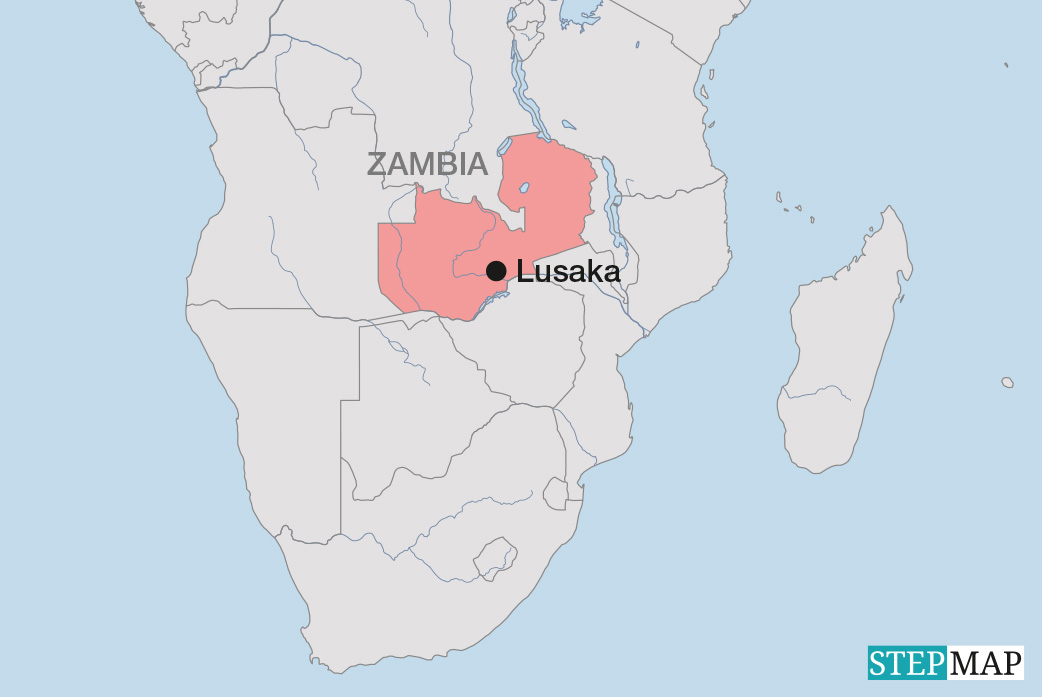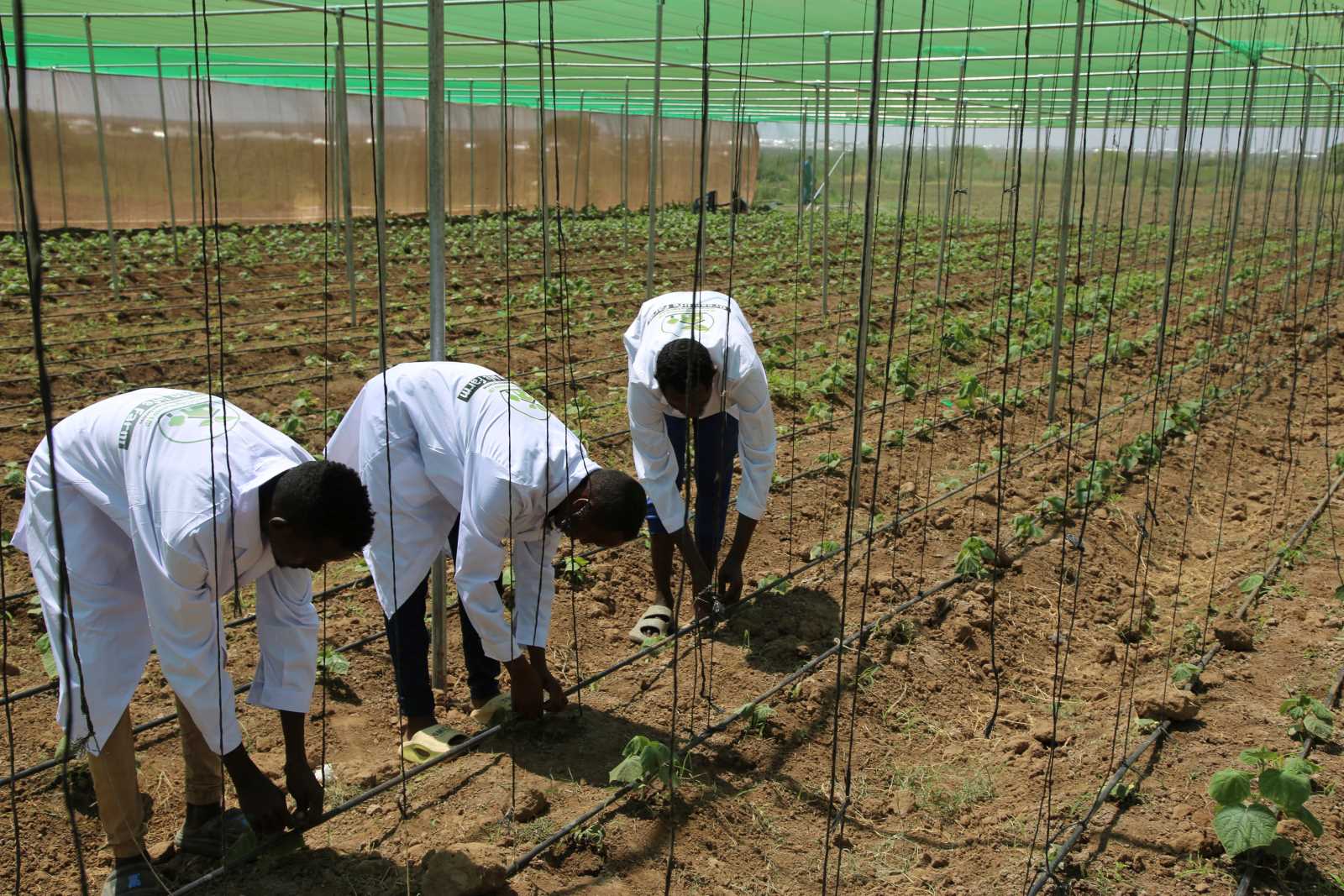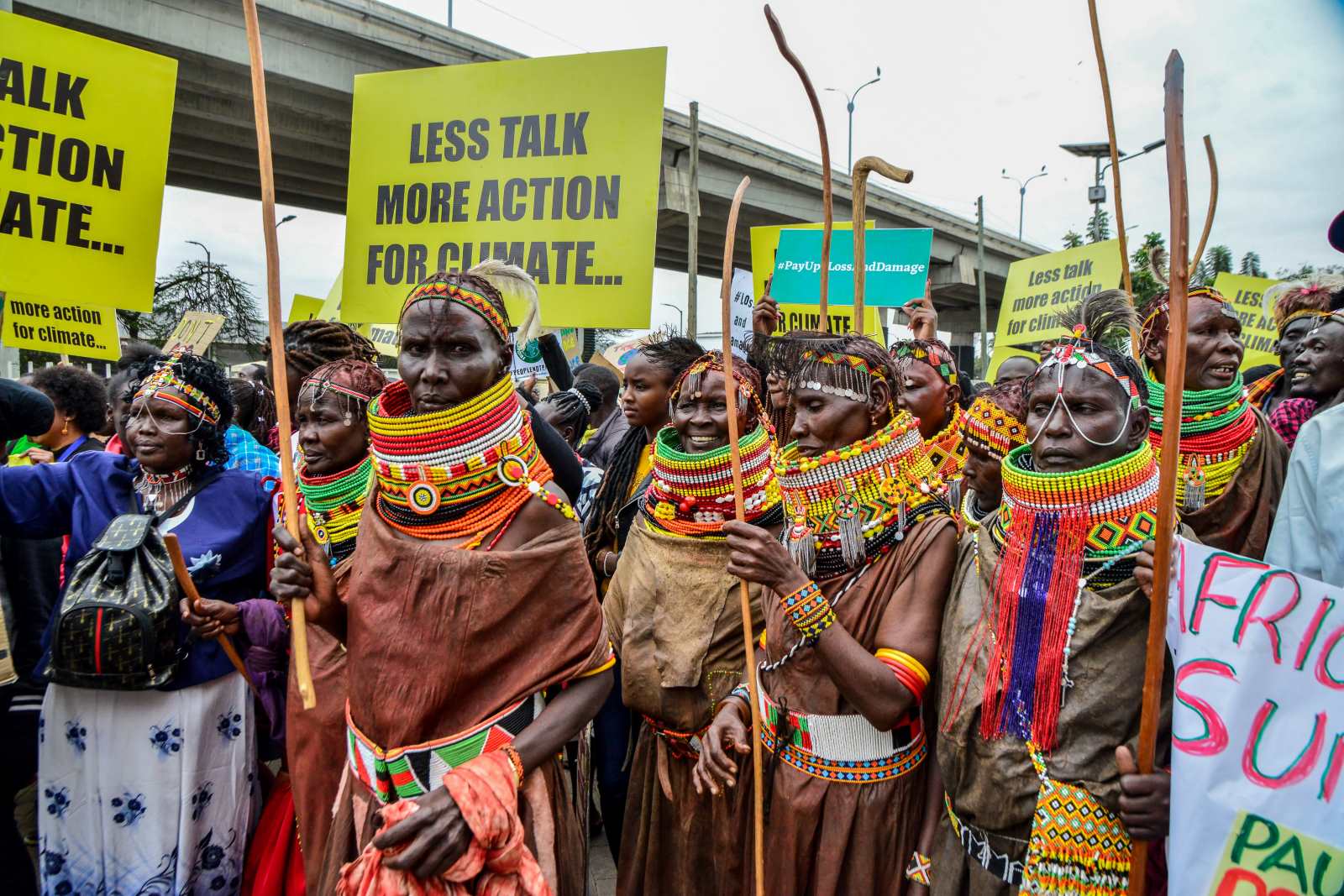Post-colonial misery
Whose development?

The divergent trajectories of “developed” and “under-developed” economies have historical reasons. Contemporary developed economies, post-colonial scholars argue, accumulated wealth by extracting resources from their colonies, profiting from slavery and forced labour and using military power to monopolise trade. While these processes helped the economies of the colonising nations to develop, they sabotaged the development of their colonies.
Inequality in terms of economic and political power persisted after the colonies gained independence. The former colonial powers continue to be more prosperous and more influential in international affairs. In other words, they may have lost their colonies but did not lose their privileged status.
As the scholars Daron Acemoglu and James A. Robinson argue in “Why nations fail”, Europeans created extractive institutions in many of the regions they colonised. These institutions maximised the extraction of resources to siphon them off to the imperial powers. These institutions largely remained in place when colonial rule formally ended.
The post-colonial critique of development also questions whether the achievements of contemporary developed nations can really be termed progress. While they have indeed advanced in terms of some metrics of human well-being, this came at the cost of other peoples and the environment.
The climate crisis is an example. It is the biggest challenge humanity faces, and it is the direct result of the rapid industrialisation following the European and North American model. The long-established economic powers are home to only a small share of the world population, but they account for the bulk of carbon emissions in history.
What makes countries develop?
There is much disagreement on what governments, development agencies and policymakers can do to improve the life quality of a nation. To judge by the trajectories of the high-income members of the Organisation for Economic Co-operation and Development (OECD), an interplay of historical, geographical, institutional and socio-economic factors matters. Many of these countries industrialised early, during the 18th and 19th centuries, relying on technological innovations as well as access to natural resources.
The industrial revolution dramatically accelerated economic growth and urbanisation. Favourable geographical conditions at home mattered. They included fertile land for agriculture, navigable waterways for trade as well as access to commodities such as coal, iron and timber. But as post-colonial critics have noted, the expansion of European empires from the 16th to the 20th century gave them access not only to additional resources, but also to new markets and more labour.
Imperialism was thus the base of industrialisation. It is no coincidence that England’s industrial revolution happened at a time when the sun did not set on the British empire because its territories spanned the entire globe.
Other countries that have achieved high-income growth in the 20th century have followed other paths. For example, resource-rich countries in the Middle East generated wealth by developing oil economies. East Asian and South-East Asian countries transformed agriculture and used export opportunities to industrialise fast. Some of them – including China in particular – are building knowledge economies benefiting from innovations, not only in the services sectors.
Scientific progress and institution building
Technological innovation was important too. The wealth of European countries and the USA allowed for investment in scientific research at that time, leading to further advancements in industries such as manufacturing, transportation, communication and healthcare. By the late 19th century, industrialised countries had established universities that focused not on basic research, but on technological applications.
Joel Mokyr, a prominent economic historian, argues that intellectual developments and cultural shifts laid the groundwork for industrial growth. Mokyr suggests that the scientific revolution of the 17th century, which promoted empirical observation, experimentation and rational inquiry, combined with the diffusion of knowledge, provided the intellectual foundation for technological advancements. Institutions such as universities, scientific societies and academies played a major role in promoting the exchange of ideas and the creation of new knowledge.
Industrialisation in many countries was accompanied by institutional change. Urban planning was introduced, and infrastructure was built – including railways, roads, water pipes and eventually electricity networks. Primary and later secondary school became compulsory. To fund these things, taxes were raised. Social-protection systems evolved. Forms of representative government became more important. Innovations in the financial sector allowed capital to flow efficiently.
What led to the creation of these institutions? In “Power and progress”, Acemoglu and Simon Johnson show that while breakthroughs in technologies led to increasing productivity and more wealth, prosperity was spread where political movements ensured that gains were distributed. Trade-union activism was important for the improvement of working-class lives. The two scholars show, however, that progressive activism was repressed in many places. In the southern USA, for example, slave-owners entrenched brutal inequality. Acemoglu and Johnson show that institutional change was driven by collective political action.
Why GDP is an inadequate measure of quality of life
After World War II experts equated development with economic growth. The idea was that economies grow when they shift from the production of basic agricultural commodities such as food and raw materials towards the production of high-value products. What was neglected was what kind of institutions are needed to deliver the desired results.
The focus on growth has been criticised for various other reasons. For example, gross domestic product is unconvincing as a measure of improvement in the quality of life. It is defined as the total value of all goods and services newly produced in an economy in a certain time, so it does not take into account a range of unpaid goods and services that matter very much. They don’t include food produced in subsistence farming, for example, as well as household-related care services for children and the elderly.
Furthermore, GDP does not count important non-market aspects of a good life either. They include clean air, green spaces, knowledge, interpersonal relationships and freedom from violence. On the other hand, GDP does include tools, weapons and technologies that may have a negative impact on human life.
Moreover, GDP does not capture the distribution of value generated in an economy. Whether a few individuals accumulate most of the benefits or whether it is shared broadly by the people is not assessed at all. Environmental and social costs of value creation are not taken into account either.
Human development beyond economic growth
The big question is how to create sustainable and broad-based human welfare in disadvantaged parts of the world. The obvious shortcomings of the growth paradigm led to the reconceptualising of development in a broader sense. Relevant issues include individual freedom, but also environmental sustainability and social equity. Amartya Sen, a Nobel laureate, famously articulated a vision of human development which focuses on expanding opportunities for all individuals to lead lives they value. Both the Human Development Index, which combines measures of education, health and income, and the UN’s Sustainable Development Goals (SDGs) are strongly influenced by Sen’s ideas.
The trajectories of contemporary developed countries do not provide one single pathway towards development, according to Esther Duflo and Abhijit Banerjee, two more Nobel laureates, but a key lesson can be learned. It is essential to invest in people. In particular, this means providing the infrastructure and institutions to foster their health and education. Quality education and a skilled workforce enhance productivity, innovation and adaptability to technological change. Efficient infrastructure, including transportation networks, energy systems and telecommunications, enables the movement of goods, people and information, enhancing productivity and competitiveness.
As Sen aptly notes: “Development requires the removal of major sources of unfreedom: poverty as well as tyranny, poor economic opportunities as well as systematic social deprivation, neglect of public facilities as well as intolerance or overactivity of repressive states.”
Literature
Acemoglu, D. and Johnson, S., 2023: Power and progress. New York, PublicAffairs.
Acemoglu, D. and Robinson, J. A., 2012: Why nations fail. New York, Crown Business.
Sundus Saleemi is a senior researcher at the Center for Development Research (ZEF), University of Bonn.
sundus.saleemi@gmail.com
















